Really? Signs of life on Red Planet? Take a bow, Perseverance Rover
Humanity has been looking for water, and then signs of life, on planet Mars for over a hundred years. A hint of the latter may just have been fund by NASA.
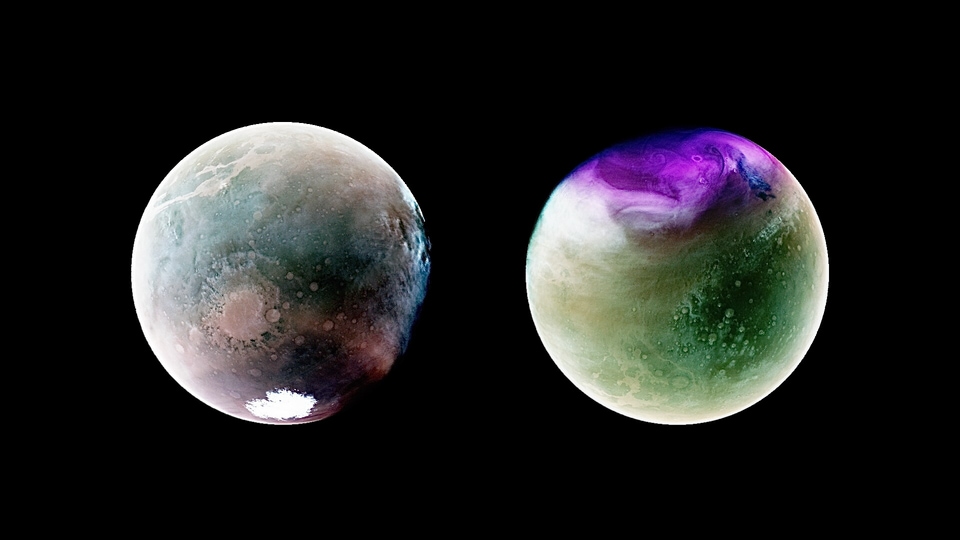
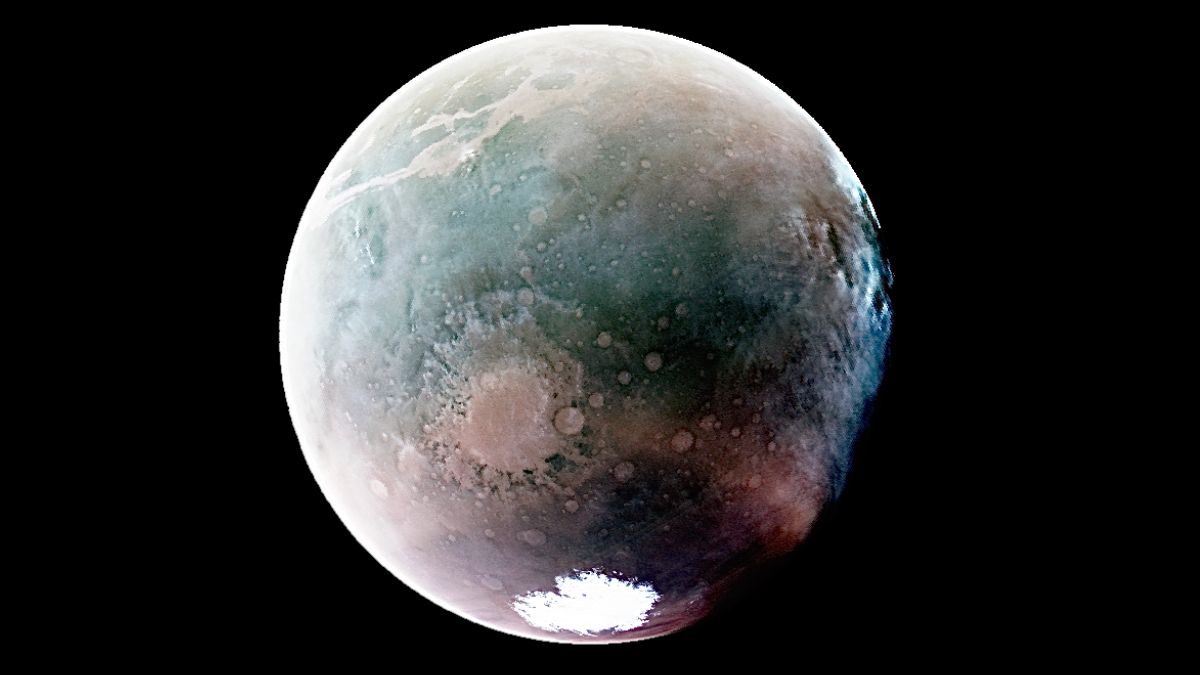
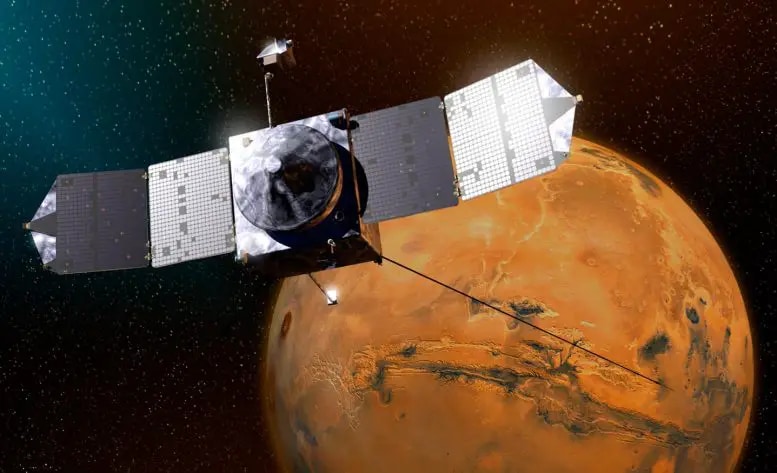
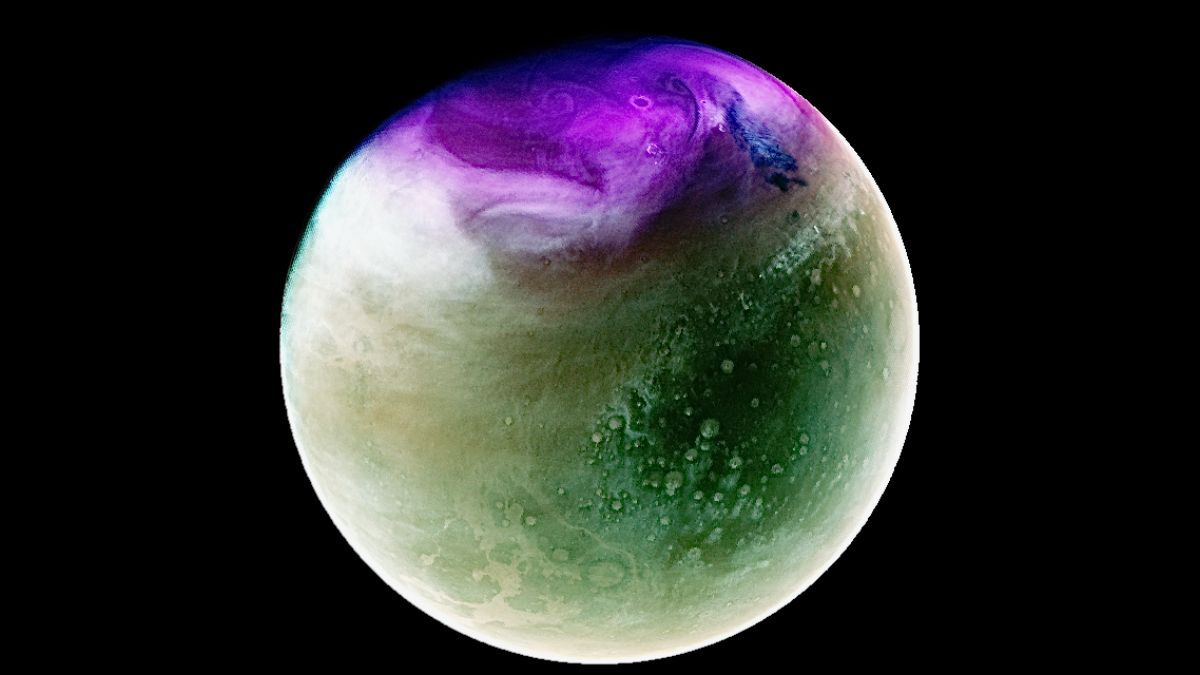
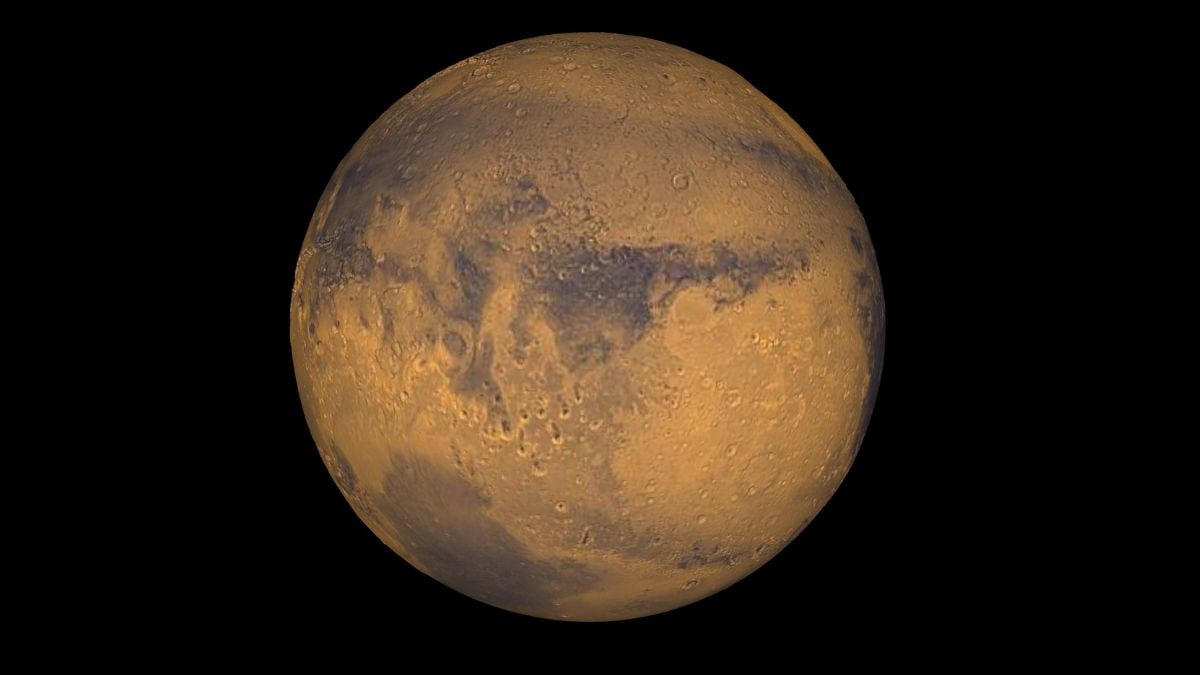

 View all Images
View all ImagesScientists have been searching for traces of life on Mars for over a hundred years. NASA has even sent the Rover Perseverance in hot pursuit of signs of life on Mars. Now, in a sensational announcement, it has been revealed that it successfully gathered multiple samples of organic matter, further strengthening the search for evidence of extraterrestrial life on Mars.
In the latest development, NASA's Perseverance Rover has observed diverse organic matter from Jezero Crater on the red planet. The study published in the journal Nature reveals that the presence and distribution of preserved organic matter on the surface of Mars can help scientists to get key information about the Martian carbon cycle and eventually the potential of the planet to host life throughout its history.
The findings of the study suggest that there is a possibility of a diversity of aromatic molecules prevalent on the Martian surface. Moreover, it added that these organic materials persist despite exposure to surface conditions. "These potential organic molecules are largely found within minerals linked to aqueous processes, indicating that these processes may have had a key role in organic synthesis, transport or preservation," the study mentioned.
What does organic matter indicate on Mars
Dr. Sunanda Sharma, Astrobiologist at NASA's Mars Perseverance Rover, says that the origin of the organic molecule on the surface of Mars can be from several sources. However, the diversification of the formation of the nature and distribution of organic molecules suggests that “different aqueous alteration or deposition processes occurred, possibly contributing to the diversity of organic matter still present.” Hence, scientists couldn't identify the exact source of the organic matter on Mars and will need to return the sample to Earth for detailed analysis in the lab.
NASA's Perseverance mission on Mars
NASA Perseverance's mission on Mars was launched on July 30, 2020, with its key objective to search for signs of ancient microbial life on the Red Planet. The rover will distinguish the planet's geology and past climate, laying the groundwork for future human exploration of the Red Planet.
Catch all the Latest Tech News, Mobile News, Laptop News, Gaming news, Wearables News , How To News, also keep up with us on Whatsapp channel,Twitter, Facebook, Google News, and Instagram. For our latest videos, subscribe to our YouTube channel.





























